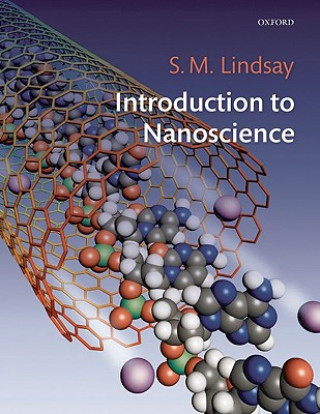
Code: 01198764
Introduction to Nanoscience
by Stuart Lindsay
Nanoscience is not physics, chemistry, engineering or biology. It is all of them, and it is time for a text that integrates the disciplines. This is such a text, aimed at advanced undergraduates and beginning graduate students i ... more
- Language:
 English
English - Binding: Paperback
- Number of pages: 480
Publisher: Oxford University Press, 2009
- More about this

You might also like
-

Radiochemistry and Nuclear Chemistry
138.81 € -
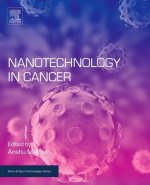
Nanotechnology in Cancer
233.99 € -

Muay Thai Unleashed
22.37 € -15 % -
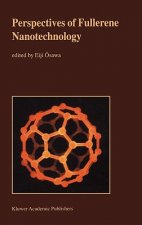
Perspectives of Fullerene Nanotechnology
215.20 € -

David Cheah's Muay Thai Kick Boxing
15.80 € -

Kingdom of Curious Creatures
14.88 € -18 % -
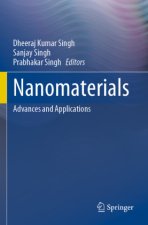
Nanomaterials
107.80 € -
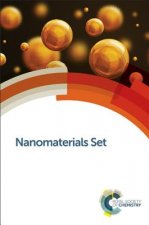
Nanomaterials Set
2144.01 € -

Modern Nuclear Chemistry, Second Edition
260.07 € -
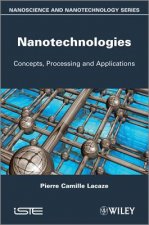
Nanotechnologies / Concepts, Production and Appliations
207.30 € -
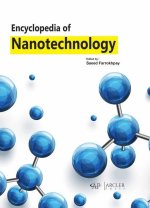
Encyclopedia of Nanotechnology
231.12 € -
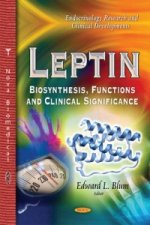
Leptin
241.28 € -12 % -
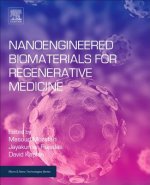
Nanoengineered Biomaterials for Regenerative Medicine
249.19 € -

Principles Of Nuclear Chemistry
63.03 € -
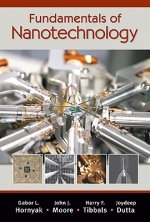
Fundamentals of Nanotechnology
163.66 € -
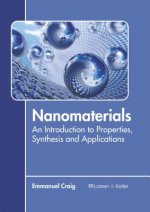
Nanomaterials: An Introduction to Properties, Synthesis and Applications
162.73 € -

Angličtina pre samoukov a pre jazykové kurzy + 2 CD
11.90 € -29 % -
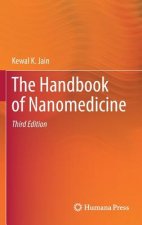
Handbook of Nanomedicine
378.26 € -
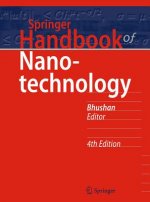
Springer Handbook of Nanotechnology
384.01 € -

Handbook of Nuclear Chemistry
4798.75 € -

Level 5: Taste and Other Tales Book and MP3 Pack
12.62 € -10 % -

Games, Ideas and Activities for Primary Drama
23.30 € -4 % -

What Ever Happened to Baby Jane?
11.18 € -23 % -
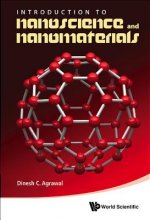
Introduction To Nanoscience And Nanomaterials
93.73 € -
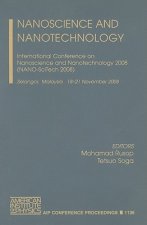
Nanoscience and Nanotechnology
317.98 € -
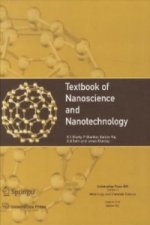
Textbook of Nanoscience and Nanotechnology
202.98 € -

The Inorganic Radiochemistry of Heavy Elements
215.20 € -

Times Great Women's Lives
39.62 € -1 % -

Heart of Darkness
6.87 € -23 % -

Ready, Fire, Aim - Zero to GBP100 Million in No Time Flat
43.32 € -
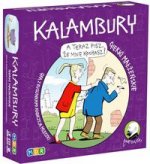
Kalambury
30.49 € -

Duchovná numerológia podľa Lívie
9.64 € -22 % -

Kreatívne sviečky a svietniky
2.25 € -31 % -

Nečisté skutky Amado mio
6.15 € -22 % -

Le Mur
12 € -4 %
Give this book as a present today
- Order book and choose Gift Order.
- We will send you book gift voucher at once. You can give it out to anyone.
- Book will be send to donee, nothing more to care about.
More about Introduction to Nanoscience
You get 170 loyalty points
 Book synopsis
Book synopsis
Nanoscience is not physics, chemistry, engineering or biology. It is all of them, and it is time for a text that integrates the disciplines. This is such a text, aimed at advanced undergraduates and beginning graduate students in the sciences. The consequences of smallness and quantum behaviour are well known and described Richard Feynman's visionary essay 'There's Plenty of Room at the Bottom' (which is reproduced in this book). Another, critical, but thus far neglected, aspect of nanoscience is the complexity of nanostructures. Hundreds, thousands or hundreds of thousands of atoms make up systems that are complex enough to show what is fashionably called 'emergent behaviour'. Quite new phenomena arise from rare configurations of the system. Examples are the Kramer's theory of reactions (Chapter 3), the Marcus theory of electron transfer (Chapter 8), and enzyme catalysis, molecular motors, and fluctuations in gene expression and splicing, all covered in the final Chapter on Nanobiology. The book is divided into three parts. Part I (The Basics) is a self-contained introduction to quantum mechanics, statistical mechanics and chemical kinetics, calling on no more than basic college calculus. A conceptual approach and an array of examples and conceptual problems will allow even those without the mathematical tools to grasp much of what is important. Part II (The Tools) covers microscopy, single molecule manipulation and measurement, nanofabrication and self-assembly. Part III (Applications) covers electrons in nanostructures, molecular electronics, nano-materials and nanobiology. Each chapter starts with a survey of the required basics, but ends by making contact with current research literature.
 Book details
Book details
Book category Books in English Technology, engineering, agriculture Technology: general issues Nanotechnology
68.89 €
- Full title: Introduction to Nanoscience
- Author: Stuart Lindsay
- Language:
 English
English - Binding: Paperback
- Number of pages: 480
- EAN: 9780199544219
- ISBN: 0199544212
- ID: 01198764
- Publisher: Oxford University Press
- Weight: 880 g
- Dimensions: 245 × 190 × 23 mm
- Date of publishing: 22. October 2009
Trending among others
-
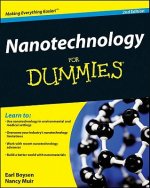
Nanotechnology For Dummies 2e
24.22 € -23 % -
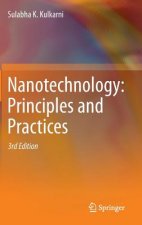
Nanotechnology: Principles and Practices
127.41 € -
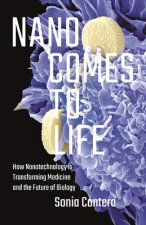
Nano Comes to Life
35.72 € -
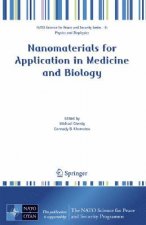
Nanomaterials for Application in Medicine and Biology
277.94 € -
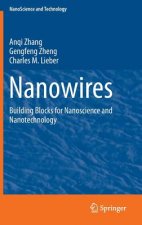
Nanowires
177.62 € -
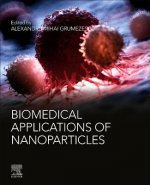
Biomedical Applications of Nanoparticles
331.54 € -

Vegan Gourmet: Recipes for Entertaining
18.37 € -6 % -
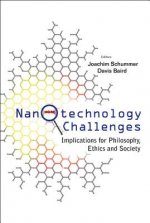
Nanotechnology Challenges: Implications For Philosophy, Ethics And Society
237.69 € -
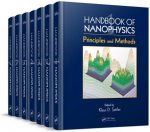
Handbook of Nanophysics
1864.21 € -
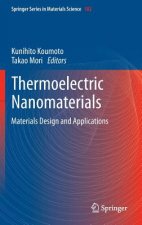
Thermoelectric Nanomaterials
139.94 € -
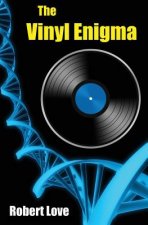
Vinyl Enigma
15.60 € -
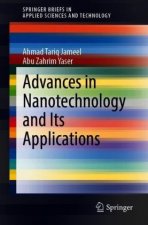
Advances in Nanotechnology and Its Applications
127.41 € -
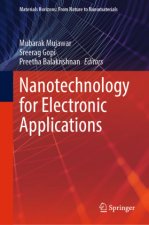
Nanotechnology for Electronic Applications
227.73 € -
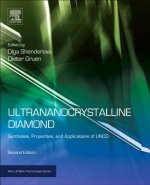
Ultrananocrystalline Diamond
297.24 € -
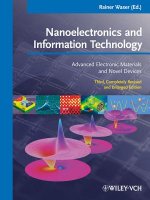
Nanoelectronics and Information Technology 3e - Advanced Electronic Materials and Novel Devices
109.14 € -4 % -

Foundations of Ultra-Precision Mechanism Design
127.93 € -
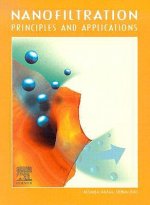
Nanofiltration
204.73 € -9 % -
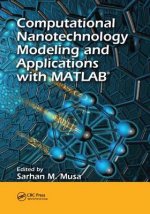
Computational Nanotechnology
112.42 € -
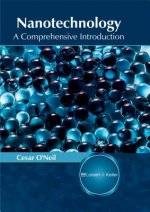
Nanotechnology: A Comprehensive Introduction
154.11 € -
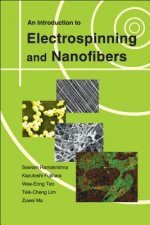
Introduction To Electrospinning And Nanofibers, An
129.26 € -
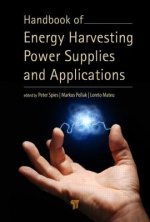
Handbook of Energy Harvesting Power Supplies and Applications
205.65 € -
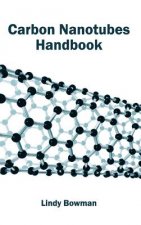
Carbon Nanotubes Handbook
135.83 € -
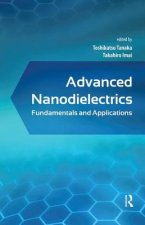
Advanced Nanodielectrics
231.12 € -
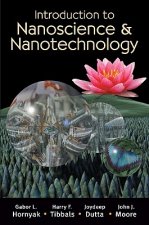
Introduction to Nanoscience and Nanotechnology
272.29 € -
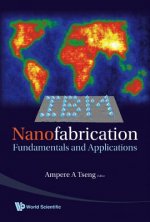
Nanofabrication: Fundamentals And Applications
347.04 € -
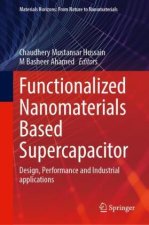
Functionalized Nanomaterials Based Supercapacitor
277.94 € -
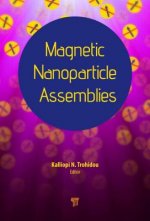
Magnetic Nanoparticle Assemblies
205.65 € -

Shear Thickening Fluid
177.62 € -
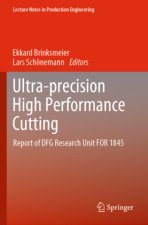
Ultra-precision High Performance Cutting
215.20 € -

Sistah Vegan
22.37 € -4 % -
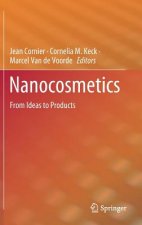
Nanocosmetics
139.94 € -
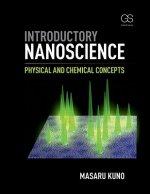
Introductory Nanoscience
104.62 € -
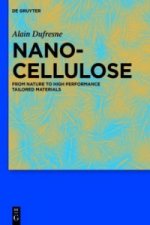
Nanocellulose
233.58 € -
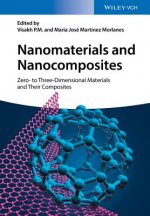
Nanomaterials and Nanocomposites - Zero- to Three -Dimensional Materials and Their Composites
216.54 € -
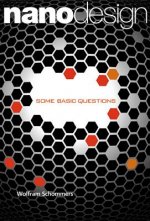
Nanodesign: Some Basic Questions
59.13 € -

Applications of Graphene and Graphene-Oxide based Nanomaterials
70.53 € -
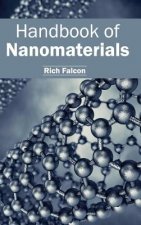
Handbook of Nanomaterials
168.18 € -
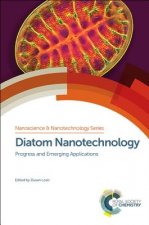
Diatom Nanotechnology
274.76 € -
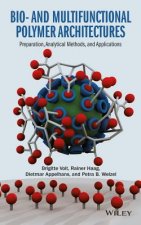
Bio- and Multifunctional Polymer Architectures - Preparation, Analytical Methods and Applications
229.27 € -
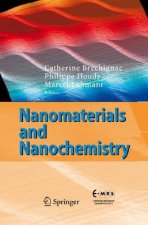
Nanomaterials and Nanochemistry
215.20 € -
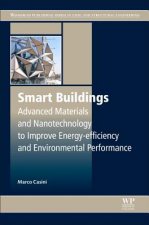
Smart Buildings
252.89 € -
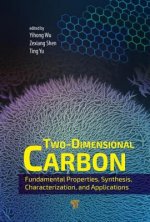
Two-Dimensional Carbon
179.16 € -
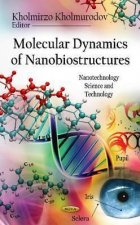
Molecular Dynamics of Nanobiostructures
126.39 € -12 % -
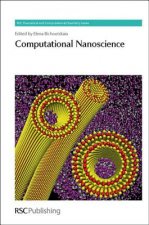
Computational Nanoscience
241.69 € -
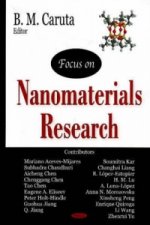
Focus on Nanomaterials Research
247.55 € -12 % -
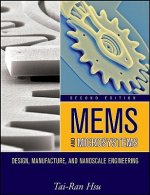
MEMS and Microsystems - Design, Manufacture, and Nanoscale Engineering 2e
203.60 € -

Silicon Earth
233.07 € -
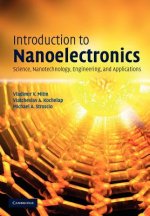
Introduction to Nanoelectronics
95.99 € -

NANO-CHIPS 2030
158.32 €
Collection points Bratislava a 2642 dalších
Copyright ©2008-24 najlacnejsie-knihy.sk All rights reservedPrivacyCookies



 15549 collection points
15549 collection points Delivery 2.99 €
Delivery 2.99 € 02/210 210 99 (8-15.30h)
02/210 210 99 (8-15.30h)